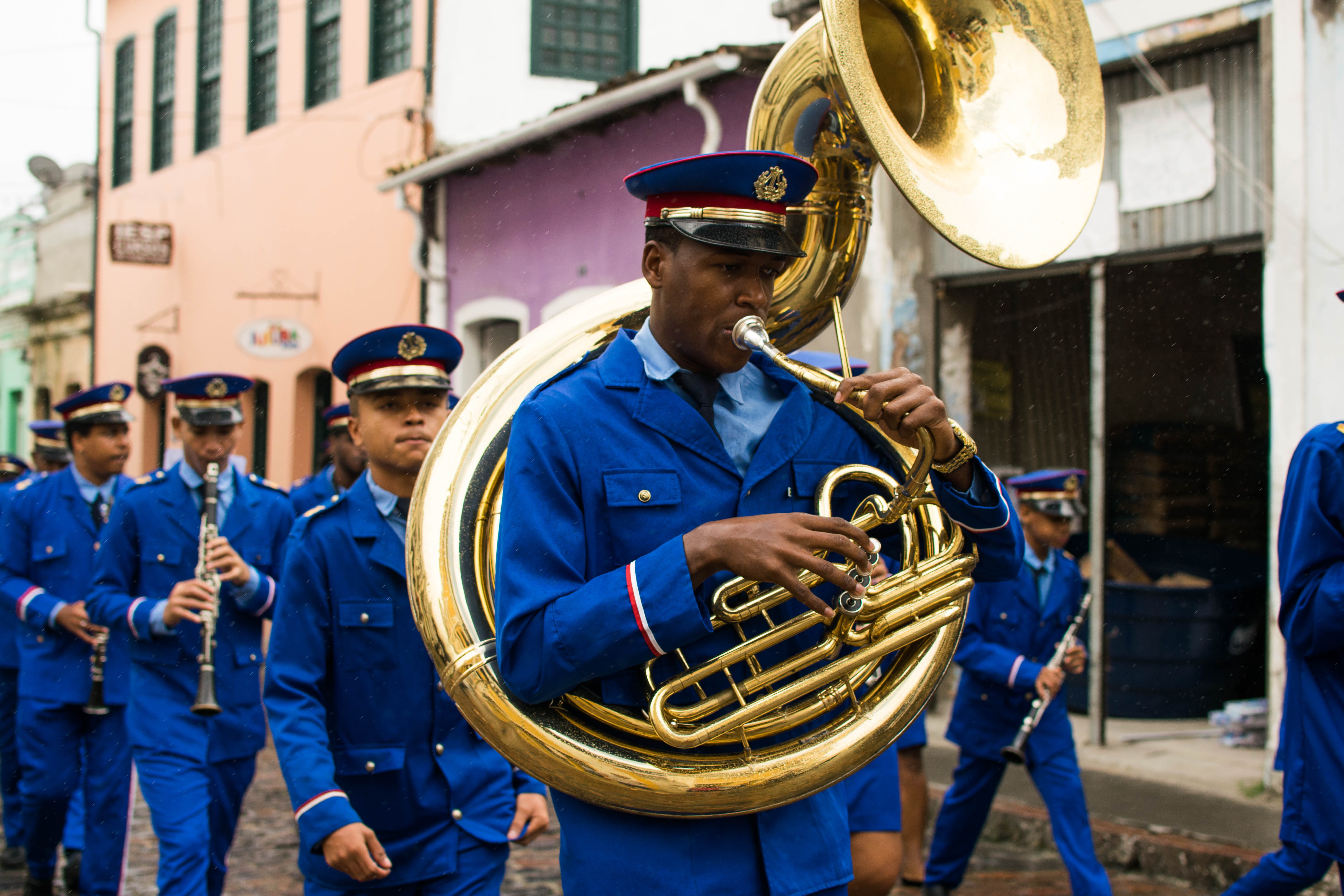Soy Lucía Gracey, historiadora, fotógrafa documental, artista y escritora. Mezclo mis pasiones en múltiples formatos de comunicación, según lo requiera el proyecto y el mensaje.
Por debajo, me mueven las mismas preguntas y una necesidad de pensar el mundo desde la escucha, la contemplación y el reconocimiento del otro. Mis temas son la diversidad cultural y formas de organización social colectivas o comunidades alternativas. Intento siempre combatir los prejuicios internalizados por la mirada colonial y el eurocentrismo, así como la homogeneización y el individualismo extremo del capitalismo moderno. Documento la existencia de otros mundos posibles y otras maneras de hacer no solo válidas, si no quizás mejores, posibles, y menos destructivas para el planeta que cohabitamos.
.
En esta página web, puedes ver un poco de todo ello. Si quieres ir directamente a alguno de mis proyectos concretos, puedes hacer clic en las siguientes fotos/enlaces:
Por debajo, me mueven las mismas preguntas y una necesidad de pensar el mundo desde la escucha, la contemplación y el reconocimiento del otro. Mis temas son la diversidad cultural y formas de organización social colectivas o comunidades alternativas. Intento siempre combatir los prejuicios internalizados por la mirada colonial y el eurocentrismo, así como la homogeneización y el individualismo extremo del capitalismo moderno. Documento la existencia de otros mundos posibles y otras maneras de hacer no solo válidas, si no quizás mejores, posibles, y menos destructivas para el planeta que cohabitamos.
.
En esta página web, puedes ver un poco de todo ello. Si quieres ir directamente a alguno de mis proyectos concretos, puedes hacer clic en las siguientes fotos/enlaces:
Espacios habitados
Inhabited spaces








Hay distintas formas de habitar el espacio en el que vivimos. No es siempre la misma, cambia entre entre Oriente y Occidente, entre sociedades y culturas distintas, entre países, pero también internamente, en muchos casos en disputa. La misma ciudad puede albergar submundos contradictorios que jamás se tocan, que no se cruzan, que no dialogan, a veces ni se perciben. Un mismo país puede tener un proyecto económico de la desigualdad y, a la par, rebeliones internas en territorios autónomos, con economías solidarias y compartidas. Una ciudad gigante y modernizada, que avanza cada vez más rápido hacia la pulcra y monstruosa arquitectura contemporánea, puede todavía contener barrios antiguos de siglos atrás, donde sus habitantes continúan compartiendo el baño público, caminando por las calles en pantuflas y viviendo en casas bajas con patios internos. Un edificio de 12 pisos se convierte en sí mismo en una ciudad cuando la pandemia nos obliga a hacer cuarentena y sólo convivimos día a día con los vecinos que cruzamos en el ascensor.
¿Cómo y quiénes habitamos este mundo? ¿Qué hacemos con las mudanzas del paisaje, con la privatización, con los recuerdos tangibles que desaparecen bajo la construcción constante? ¿De qué manera resistimos, a veces, a una hegemonización violenta de nuestras realidades? ¿Cómo aceptamos los cambios de nuestros territorios? ¿Los aceptamos siempre?
Cada uno de estos trabajos refleja un espacio habitado, de una manera particular, en un contexto concreto, en alguna parte aleatoria del mundo. He viajado mucho y he vivido en distintos países, y cuanto más lo hago, más me encuentro con esta enorme y compleja red de micro mundos que intentan mantenerse a pesar de la galopante globalización. Los busco, los percibo con el ojo, los retrato. Desde comunidades menonitas en el Caribe hasta hutongs tradicionales en Beijing y el vacío existencial de la pandemia en Brasil, de eso se trata este largo trabajo de observación silenciosa que he estado haciendo desde que salí a dar vueltas por un mundo en constante transformación.
Como cronista visual, mi trabajo fotográfico esta enfocado en esta contemplación antropológica, a veces curiosa y efímera, a veces profunda y crítica. Haz clic en las siguientes fotos para explorar una mirada sobre distintas sociedades en el mundo:
There are different ways of inhabiting the space in which we live. It is not always the same, it changes between East and West, between different societies and cultures, between countries, but also internally, in many cases in conflict. The same city may harbor contradictory underworlds that never get mixed, that do not meet each other, that do not dialogue, sometimes, they do not even perceive the other. The same country might have an economic project of inequality and, at the same time, internal rebellions in autonomous territories, with community solidarity and shared economies. A giant, modernized city, advancing faster and faster towards the neat and monstrous contemporary architecture, may still contain old neighborhoods from many centuries ago, where its inhabitants continue sharing the public bathroom and walking the streets on their slippers, living in low houses with internal courtyards. A 12-floors building itself becomes a city when the pandemic makes us quarantine undeterminately and we live day by day only greeting the neighbors we run into in the elevator.
How and who inhabit this world? What do we do with the changes in the landscape, with privatization, with the tangible memories that disappear under the constant re-building of cities? How do we resist, sometimes, to a violent hegemonization of our realities? How do we accept the changes in our territories? Do we always accept them?
Each of these works reflects an inhabited space, in a particular way, in a particular context, in a particular part of the world. I’ve traveled a lot and lived in different countries, and the more I do so, the more I encounter this enormous and complex network of micro worlds that try to stay alive themselves in spite of the galloping globalization. I look for them, I perceive them with my eye, I portray them. From Mennonite communities in the Caribbean to traditional hutongs in Beijing and the existential vacuum of the pandemic in Brazil, that's what this long work of silent observation I've been doing since I set out to wander around a world in constant transformation is all about.





